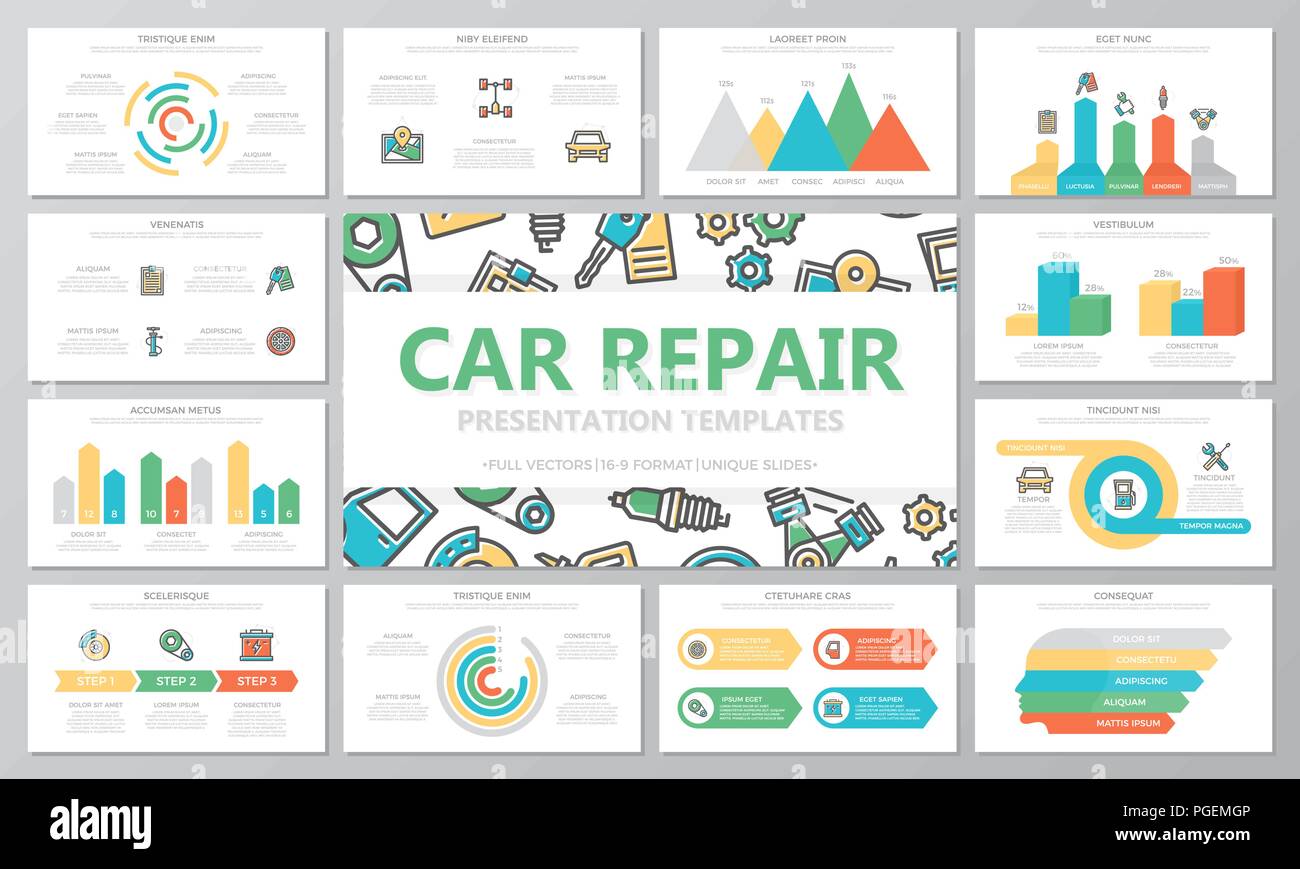Understanding The Definition Behind Your Vehicle'S Caution Lights: An In-Depth Appearance
Understanding The Definition Behind Your Vehicle'S Caution Lights: An In-Depth Appearance
Blog Article
Authored By-Boye Kejser
When you're behind the wheel, those radiant caution lights on your dashboard can be a little bit puzzling. Do https://johnathanjeytm.blogpixi.com/32396175/how-to-pick-the-right-car-describing-service-for-your-requirements know what they're trying to inform you about your cars and truck's health and wellness? Comprehending the significance of these lights is essential for your safety and the durability of your car. So, the next time one of those lights pops up, would not you intend to analyze its message precisely and take the necessary steps to resolve it?
Common Caution Lighting and Interpretations
Identify typical warning lights in your vehicle and understand their meanings to make certain secure driving.
One of the most typical caution lights consist of the check engine light, which signals issues with the engine or emissions system. If this light comes on, it's important to have your vehicle inspected promptly.
The oil stress warning light shows reduced oil stress, requiring instant interest to stop engine damage.
A flashing battery light may suggest a defective charging system, possibly leaving you stranded if not attended to.
The tire stress surveillance system (TPMS) light signals you to reduced tire pressure, impacting automobile stability and fuel performance. Neglecting this might result in unsafe driving conditions.
wash detail car suggests an issue with the anti-lock braking system, jeopardizing your capacity to stop rapidly in emergencies.
Last but not least, the coolant temperature level warning light warns of engine getting too hot, which can result in severe damages if not settled quickly.
Recognizing these common warning lights will aid you resolve problems quickly and keep risk-free driving conditions.
Importance of Prompt Focus
Recognizing the usual caution lights in your car is just the primary step; the importance of immediately addressing these cautions can't be emphasized enough to guarantee your security when traveling.
When a caution light illuminates on your dashboard, it's your automobile's method of connecting a potential problem that requires interest. Overlooking these warnings can lead to a lot more severe issues later on, endangering your safety and possibly costing you a lot more out of commission.
Motivate interest to advising lights can stop malfunctions and crashes. For instance, a flashing check engine light could indicate a misfire that, if left neglected, might trigger damage to the catalytic converter. Addressing this quickly can conserve you from a costly repair.
In a similar way, a brake system cautioning light could signal low brake liquid or worn brake pads, critical parts for your safety when driving.
Do It Yourself Troubleshooting Tips
If you notice a warning light on your control panel, there are a couple of DIY repairing suggestions you can try prior to looking for expert assistance.
The first step is to consult your car's handbook to understand what the certain caution light suggests. In some cases the problem can be as straightforward as a loose gas cap setting off the check engine light. Tightening up the gas cap might settle the trouble.
Another common problem is a low battery, which can trigger various cautioning lights. Examining the battery links for rust and guaranteeing they're secure could take care of the trouble.
If a warning light lingers, you can attempt resetting it by separating the vehicle's battery for a few minutes and afterwards reconnecting it. Furthermore, examining your automobile's fluid levels, such as oil, coolant, and brake liquid, can help repair advising lights related to these systems.
vehicle valet
In conclusion, understanding your vehicle's caution lights is vital for keeping your lorry running smoothly and safely. By quickly resolving these alerts and understanding what they mean, you can prevent expensive fixings and possible breakdowns.
Bear in mind to consult your vehicle's manual for specific information on each alerting light and take action as necessary to ensure a trouble-free driving experience.
Stay notified, remain secure on the road!
